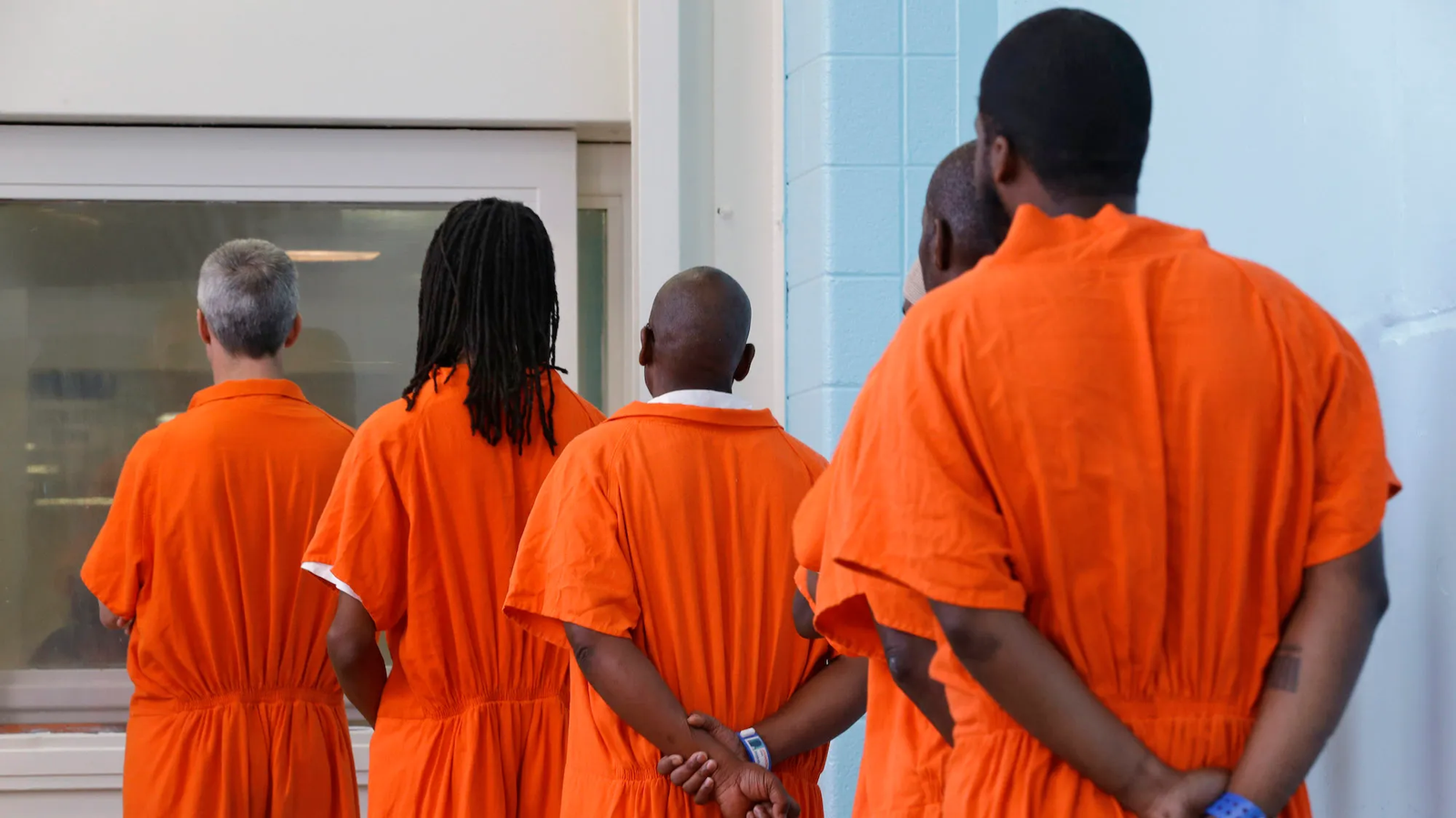
Let’s discuss one of America’s most enduring storylines—a narrative that’s been unfolding longer than any television drama and contains more twists than a prestige miniseries: racial inequality in the American prison system. If you thought the era of jaw-dropping injustice was behind us, forget it. The figures remain outlandish: Black Americans comprise only 14% of the U.S. population but an astonishing 33% of the jail population, and a staggering 46% of those who’ve done at least a decade behind bars. That’s not only a crappy script—it’s a system gone on autopilot for decades.

So how did things get this way? Think of the criminal legal system as an avalanche. Each step—arrest, bail, trial, sentence—adds a bit more snow, and pretty soon you’re buried. The Sentencing Project estimates that “Like an avalanche, racial disparity accumulates as people traverse the criminal legal system.” The causes of the mess go back a long way, but the system continues to exacerbate them.

Let’s begin with the laws. On paper, they are “race-neutral,” but in practice, they fall like a ton of bricks on communities of color. Take harsh sentences and so-called “enhancements”—such as drug-free school zone laws or gang affiliation enhancements. They sound sensible until you see that their vague definitions and urban emphasis ensure people of color, particularly those in high-poverty neighborhoods, bear the brunt. In California, for instance, more than 90% of individuals who were given a gang “enhancement” in 2020 were Black or Latinx. And don’t even mention “three strikes” laws or mandatory minimums, which have piled up decades-long sentences for nonviolent crimes, disproportionately impacting Black Americans.

But wait, there’s more! The ones who are in charge—prosecutors, judges, parole boards—aren’t bias-free, even if they don’t know it. Research reveals that prosecutors are more inclined to pursue prison sentences and longer sentences for individuals of color compared to white defendants who have similar charges. Federal prosecutors have been twice as likely to hit African Americans with mandatory minimum charges. And in jury selection, peremptory challenges have been a devious means of keeping juries less representative, which, as studies indicate, results in higher convictions and greater penalties for Black defendants.

Judges aren’t exempt either. With 80% of state trial judges white and just 30% of defendants white, it’s no wonder sentencing gaps continue to exist. Even parole boards and probation officials are tougher on people of color, making it more difficult to be released and remain free.

Finally, let’s discuss money—because in the criminal justice system, being poor is essentially a crime in itself. Pretrial detention mostly depends on whether you can pay bail, and with more than a third of incarcerated people making less than $10,000 annually before their arrest, cash bail is an enormous obstacle. Overworked and underpaid public defenders mean that if you can’t afford to hire a private attorney, you’re rolling the dice with your freedom. And if you’re struggling with substance use or need reentry support, good luck—those programs are often out of reach, especially for people of color.

But it’s not all doom and gloom. There are some bright spots—real-world reforms that are actually making a difference. Washington, DC, allows people who’ve served 15 years to petition for resentencing. California and elsewhere have retreated from severe “enhancements” and lowered drug possession from felonies to misdemeanors, thereby closing racial gaps. Illinois was the first state to abolish cash bail, and states like New York and California have increased investment in public defenders. Even parole and probation are under a rebranding, with New York’s Less Is More Act making it simpler to get off early supervision for good behavior.

Naturally, there would be villains to every good tale, and for this tale, backlash is ever-present. Bail reform rollbacks, backlash against reform-oriented prosecutors, and legislative actions to make drugs more illegal all endanger reversing the gains that have been achieved. But as the Sentencing Project would note, the battle is far from over. The next installment will discuss how criminal legal policies can either entrench or help heal socioeconomic disparities.

So, if you’re looking for the most stubborn, drama-filled, and consequential problem in American justice, look no further than racial disparity in imprisonment. It’s a saga that’s far from over—and one that deserves more than just a cameo in our national conversation.
